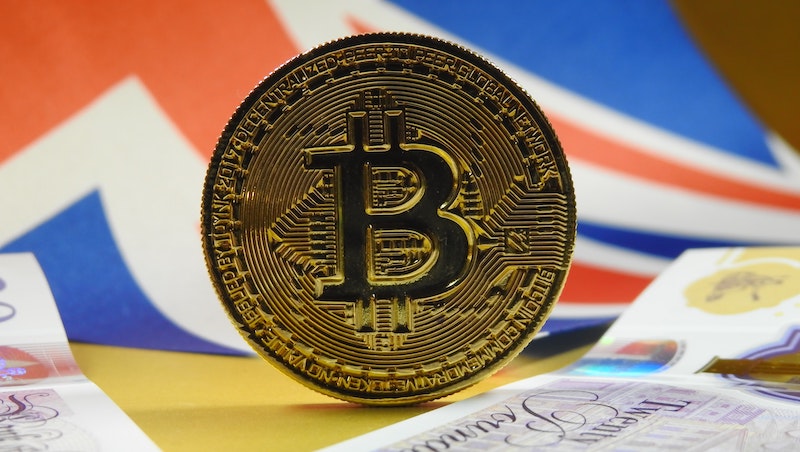The main benchmark refi rate stands at 0.15%, while the deposit rate is now -0.10%. President Draghi also announced further monetary policy measures “to enhance the functioning of the monetary policy transmission mechanism”.
At a press conference, he made it clear that while interest rates could fall no further, the ECB could yet take further action if inflation continues to surprise on the downside.
This would likely be some form of Quantitative Easing. The background to the decision is a very tepid recovery in Eurozone economic activity this year, and a fall in headline inflation to just 0.5%. A strong Euro and ongoing internal devaluation in the peripheral economies are two main headwinds to inflation.
Central banks are tasked with maintaining low but positive inflation expectations and Draghi hopes this move will stabilise medium term expectations close to the 2% target and put downward pressure on the Euro.
In the short term, he should succeed in his first objective, however a weaker Euro also depends on a stronger US dollar and this depends on trends in US economic data and monetary policy.
While there are signs that the US economy has indeed bounced back from its winter blues, these are not yet definitive enough to suggest that a shift in US monetary policy is imminent. We anticipate that the first increase in Fed Funds rate is at least a year off.











